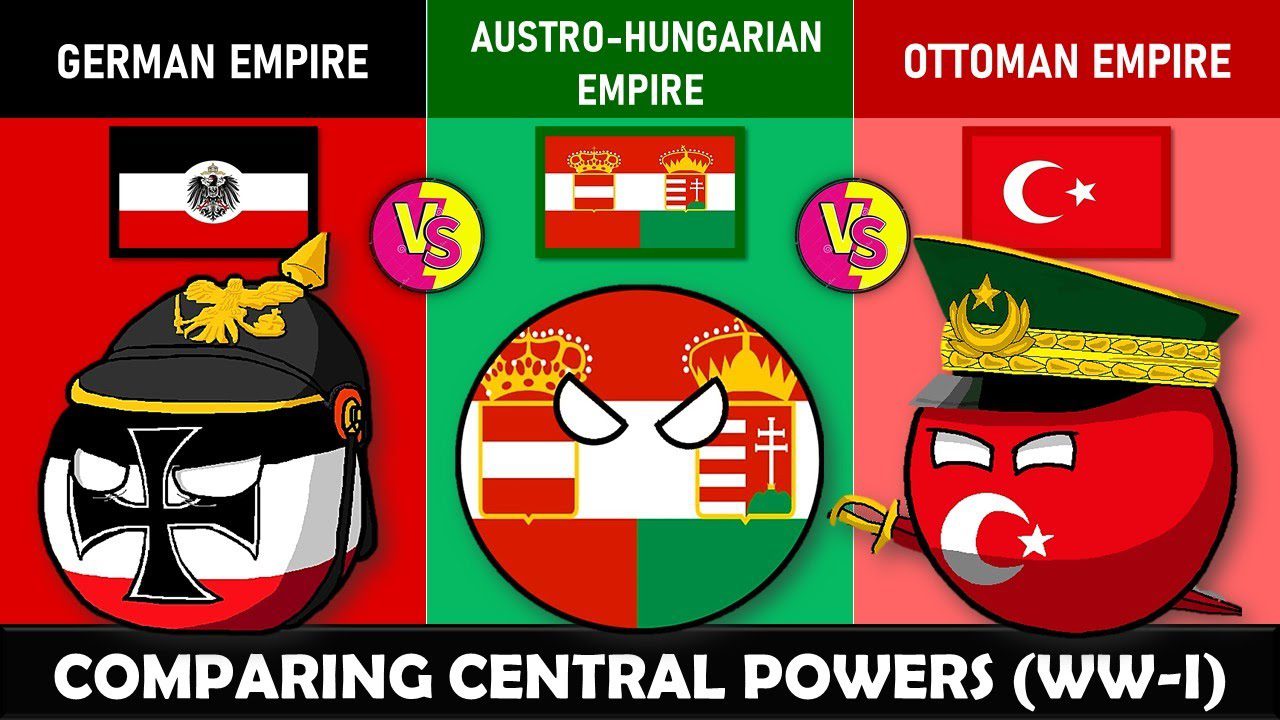The article compares the Byzantine Empire and the Ottoman Empire, two of the most significant empires in history, in terms of their geography, founding, religion and culture, architecture, politics, and decline. The Byzantine Empire, which originated from the Eastern Roman Empire in the fourth century, was primarily Christian and had a unique architectural style. In contrast, the Ottoman Empire was founded in the thirteenth century in modern-day Turkey and was based on the principles of Islam. It was renowned for its Islamic architecture and had a centralized government structure. While the Byzantine Empire declined over several centuries, the Ottoman Empire rapidly declined in the 19th and 20th centuries and was dissolved after World War I.
The Byzantine Empire vs. The Ottoman Empire: Comparing Two Great Powers
Introduction
In this article, we will analyze and compare two of the greatest empires in human history — the Byzantine Empire and the Ottoman Empire. Although both empires flourished in different eras and geographical locations, they both left an important mark on history mainly in terms of the impact they had on religion, culture, architecture, and politics.
Geography and Founding of the Empires
The Byzantine Empire originated from the Eastern Roman Empire and was founded in the fourth century. It was based in the city of Byzantium, which later was renamed Constantinople, in modern-day Istanbul, Turkey. The empire was strategically located at the crossroads of Europe and Asia and spanned across the Mediterranean, and Black Sea regions.
The Ottoman Empire, on the other hand, was founded in the thirteenth century by Osman I. It emerged in Anatolia, the westernmost region of Asia, where modern-day Turkey is located. It quickly expanded its territory through conquest and eventually controlled most of southeastern Europe, southwest Asia, and parts of northern Africa.
Religion & Culture: Christianity vs. Islam
One of the key differences between the Byzantine and Ottoman Empires is the religion and culture they promoted. The Byzantine Empire was predominantly Christian, and its capital, Constantinople, was the center of the Eastern Orthodox Church. The Byzantine Emperors saw themselves as defenders of the Christian faith, and religion intertwined with politics and governance.
In contrast, the Ottoman Empire was founded on the principles of Islam, and its rulers were Muslim. They conquered Christian territories and expanded the Islamic faith through their governance. The Ottomans were tolerant of other religions and allowed Christians and Jews to practice their faith as long as they paid a tax.
Architecture
The Byzantine Empire was famous for its unique architectural style, which combined elements of Roman and Greek architecture with Christian Byzantine style. The most stunning examples of Byzantine architecture are the Hagia Sophia mosque in Istanbul, Turkey, and the Basilica of San Vitale in Ravenna, Italy.
The Ottoman Empire, in contrast, was renowned for its impressive Islamic architecture, including mosques, palaces, and public buildings. The most iconic example of Ottoman architecture is the Sultan Ahmed Mosque, also known as the Blue Mosque, in Istanbul, Turkey.
Politics & Government
The Byzantine Empire had a complex system of government, which was a blend of Roman and Greek systems. It was an absolute monarchy where the emperor had complete control over the state and the church. The empire was divided into provinces, each governed by a governor appointed by the emperor.
In contrast, the Ottoman Empire had a more centralized government structure. The sultan, who was the head of state, had more absolute powers than the emperor of the Byzantine Empire. The empire was divided into provinces, each governed by a bey, who was appointed by the sultan.
Decline & Collapse
The Byzantine Empire declined slowly over several centuries. It suffered numerous internal struggles and external attacks, including the Fourth Crusade, which dealt a significant blow to the empire’s economy and military. The final blow came in 1453 when Ottoman forces under Sultan Mehmed II captured Constantinople, ending the Byzantine Empire.
The Ottoman Empire, on the other hand, rapidly declined in the 19th and 20th centuries. The empire was plagued by financial instability, corruption, and military losses. The empire was dissolved in 1922 after World War I, and its territories were split up into various states, including modern-day Turkey.
Conclusion
In conclusion, both the Byzantine and Ottoman Empires were remarkable in their own way. They differed in their geography, founding, religion and culture, architecture, politics, and decline. Their impact on human history cannot be overstated, as they both left a lasting mark not only in their respective regions but also globally.
